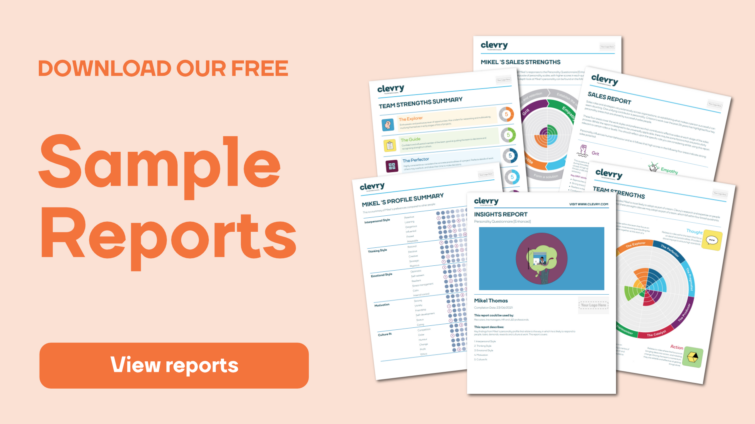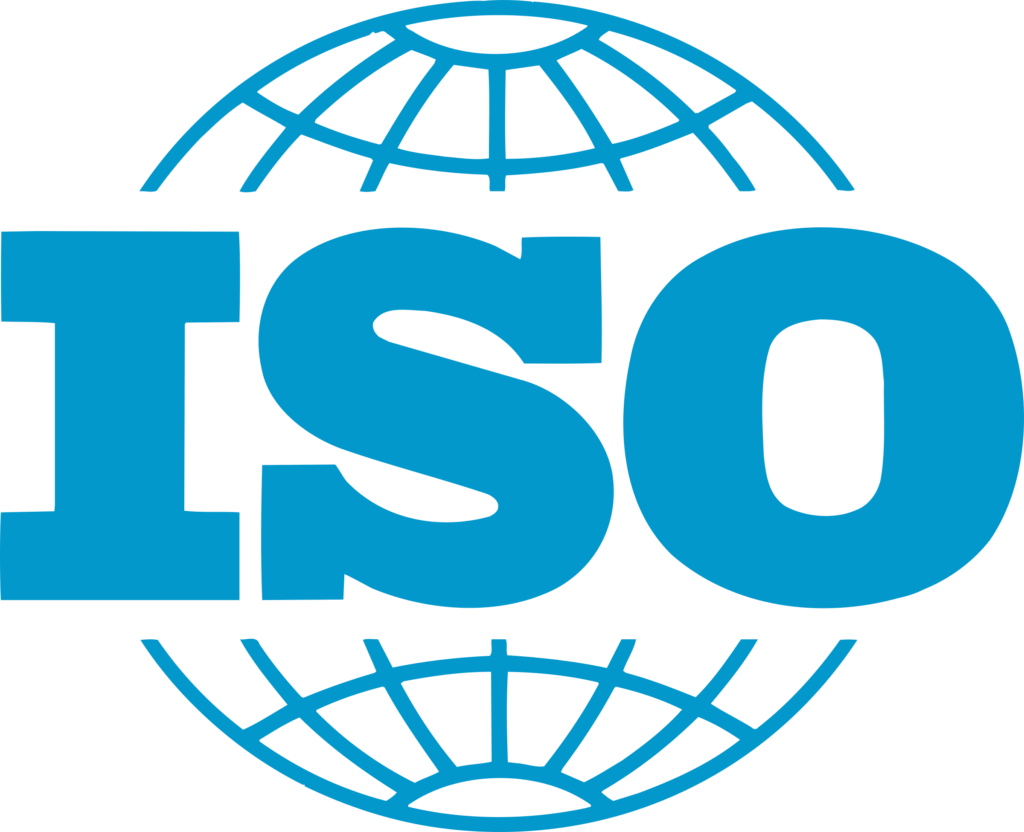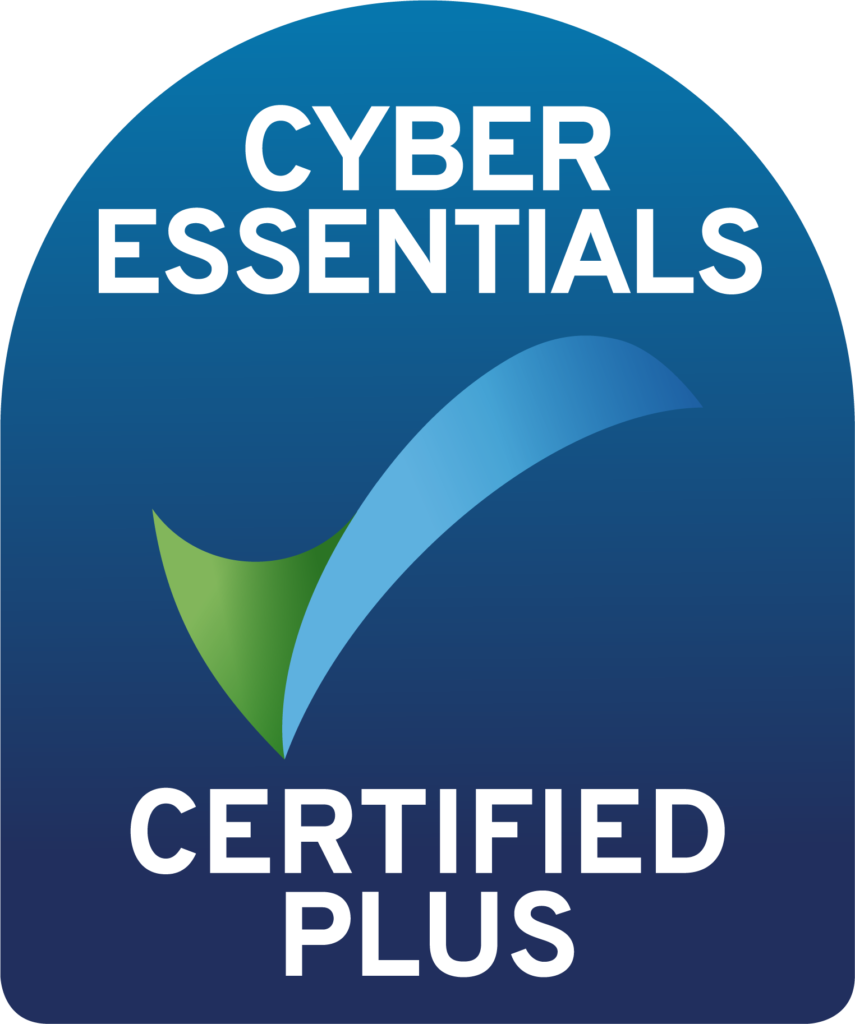Recruiting the right talent is about more than just ticking off qualifications, skills, and experience from a checklist. The real magic happens when you find someone who not only possesses the necessary competencies but also fits seamlessly into the fabric of your organisation. This is where the concept of cultural fit comes into play.
But what exactly does it mean to hire for cultural fit, and why is it such a powerful component of recruitment?

What is organisational culture and cultural fit?
At its core, organisational culture refers to the shared values, beliefs, attitudes, and practices that shape how an organisation operates. It’s the underlying ethos that defines everything from how decisions are made to how employees interact and collaborate. Culture isn’t a set of rules or policies—it’s a living, breathing aspect of a company that influences behaviour, mindset, and work dynamics.
Cultural fit, in recruitment terms, is the alignment between a candidate’s values, behaviours, and work style with the culture of the organisation. It goes beyond credentials and experience, focusing on how well a candidate will integrate with the team, adapt to the environment, and contribute to the company’s long-term goals.
Why cultural fit is your competitive edge
- Enhanced team collaboration
Hiring for cultural fit fosters greater synergy among teams. When employees share common values, communication flows more smoothly, collaboration becomes natural, and there’s a stronger sense of unity. This cohesion can directly impact productivity and innovation—teams that work well together often perform better together.
- Increased employee engagement and retention
Employees who align with the company culture tend to be more engaged and committed to their roles. They see their work as an extension of their personal values, making them more motivated and invested in the company’s success. As a result, they are less likely to leave, reducing costly turnover.
- Strengthening employer branding
When cultural fit is emphasised in recruiting, it strengthens your employer brand. Employees who resonate with the company culture become brand ambassadors, attracting like-minded talent and building a positive reputation in the market. Prospective candidates are more likely to view your company as an ideal place to work if they can see a clear alignment of values and ethos.
The pitfalls of getting cultural fit wrong
However, when the cultural fit is overlooked—or misjudged—the results can be disastrous.
- Toxic work environment
When a hire does not align with your organisation’s culture, it can disrupt team dynamics. This often leads to tension, friction, and, in worst cases, toxicity in the workplace. A single misaligned hire can demoralise a high-performing team and introduce conflicts that hamper collaboration.
- High turnover rates
If an employee feels disconnected from the culture, they’re unlikely to stay for long. Cultural misfit often results in disengagement, poor job satisfaction, and eventually, turnover. This cycle not only drains your resources in constant re-recruiting but can also damage team morale and productivity.
- Missed performance potential
The wrong cultural fit can diminish an employee’s potential. A capable, technically skilled hire can still underperform if they are at odds with the company’s cultural values, leading to frustration on both sides and a significant loss of performance capability.
Recruiting for cultural fit: Actionable tips
Finding candidates who not only have the right skills but also fit into your company culture requires a strategic approach. Below are some action steps recruiters and hiring managers can take to integrate cultural fit into their hiring processes:
- Clearly define and articulate your company culture
You can’t hire for cultural fit if you don’t know what your culture is. Take time to clearly define the core values, mission, and behavioural expectations that define your organisation. Be explicit about how these values manifest in everyday operations, communication, decision-making, and conflict resolution.
- Assess candidate values, not just skills
Integrate questions into your interviews that focus on a candidate’s personal values and beliefs. Use open-ended questions like “What type of work environment helps you thrive?” or “Tell us about a time when you disagreed with a team decision and how you handled it.” These questions give insight into how the candidate may behave and interact in your work environment.
- Use psychometric assessments
Psychometric assessments can be an invaluable tool in gauging whether a candidate’s personality aligns with your company’s culture. Tools like the Clevry CPQ personality assessment can provide deeper insights into a candidate’s interpersonal style, conflict resolution approach, and decision-making process. These assessments help reduce unconscious bias in the hiring process while offering objective data about a candidate’s potential cultural fit.
- Incorporate competency based interviewing techniques
Competency based interview questions focus on how a candidate has acted in past work situations, offering a glimpse into how they might behave within your company’s culture in relation to a certain skill. Ask for examples of how they’ve communicated with colleagues, navigated challenges, or contributed to team goals. Answers to these questions will help you assess whether their competencies align with your company’s values.
- Team involvement in the hiring process
Bring members of the candidate’s future team into the interview process. This doesn’t mean turning it into a popularity contest, but getting input from the team can provide additional perspectives on how the candidate will integrate into the culture. A candidate may look perfect on paper, but team members may notice subtle cues that indicate a potential culture clash.
- Consider onboarding as a cultural fit test
Even the most rigorous recruitment process won’t guarantee the perfect cultural fit every time. Use the employee onboarding period as a continuation of the cultural evaluation. Provide clear expectations, mentorship, and continuous feedback during this period to ensure the new hire is truly integrating well. Early intervention can prevent small misalignments from becoming larger issues later on.
- Refine the job descriptions and employer branding
Your job descriptions and employer branding materials should be reflective of your culture. Highlight your core values, company mission, and the characteristics you value most in employees. Candidates should have a clear idea of what they’re signing up for long before they step into an interview room.
In today’s competitive world, finding the right cultural fit can be your secret weapon. It’s the recruitment alchemy that turns new hires into long-term, engaged, and productive team members who drive your organisation’s success.
By focusing not only on qualifications but on cultural compatibility, you create a cohesive, motivated workforce that is aligned with your company’s mission. The long-term benefits include increased employee retention, higher productivity, and an enviable company culture that continues to attract top talent.
For recruiters and business leaders, mastering the balance between technical skills and cultural fit is key to building a resilient, high-performing organisation—and, ultimately, your competitive edge.



